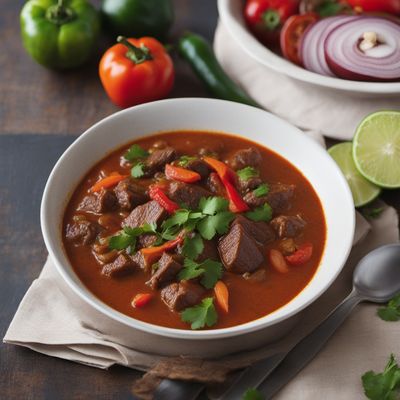
Ingredient
Other marigold flowers
The Vibrant Blooms of Sunshine
Other marigold flowers come in various vibrant hues, including orange, yellow, and red. They have a distinct floral and slightly citrusy flavor, with a hint of spice. The petals are delicate and can be used fresh or dried to infuse dishes with their vibrant color and aromatic essence.
Origins and history
Marigolds are native to the Americas and have a rich history dating back to ancient Aztec and Inca civilizations. They were highly revered for their medicinal properties and were used in religious ceremonies. The flowers were later introduced to Europe by Spanish explorers and gained popularity as ornamental plants. In culinary traditions, marigolds have been used for centuries to enhance the flavor and appearance of dishes.
Nutritional information
Other marigold flowers are low in calories and contain essential vitamins and minerals, including vitamin C and potassium. They also possess antioxidant properties that help protect the body against oxidative stress. However, they should be consumed in moderation due to their potential allergenic properties.
Allergens
May cause allergic reactions in individuals sensitive to flowers in the Asteraceae family.
How to select
When selecting other marigold flowers, choose ones that are fresh, vibrant, and free from blemishes or signs of wilting. Look for petals that are plump and have a strong aroma. If purchasing dried marigold petals, ensure they are stored in a sealed container to maintain their freshness.
Storage recommendations
To preserve the freshness and color of other marigold flowers, store them in a cool, dry place away from direct sunlight. If using fresh petals, they can be stored in the refrigerator for a few days. Dried marigold petals should be kept in an airtight container to prevent moisture absorption.
How to produce
Other marigold flowers can be easily grown in home gardens or containers. They thrive in well-drained soil and require full sun exposure. Sow the seeds directly in the desired location or start them indoors and transplant them once the risk of frost has passed. Regular watering and occasional deadheading will promote continuous blooming.
Preparation tips
Other marigold flowers can be used in both sweet and savory dishes. Add fresh petals to salads, soups, or stir-fries for a pop of color and flavor. They can also be used to infuse oils, vinegars, or syrups. Dried petals can be ground into a powder and used as a natural food coloring or sprinkled over desserts for an elegant touch.
Culinary uses
Other marigold flowers are commonly used in Mexican, Indian, and Mediterranean cuisines. They are often incorporated into dishes such as soups, stews, rice dishes, and desserts. In Mexican cuisine, they are a key ingredient in the traditional Day of the Dead dish, mole.
Availability
Other marigold flowers are cultivated and available in various regions around the world, including North and South America, Europe, and Asia. They can be found in local markets, specialty stores, or grown in home gardens.
More ingredients from this category
Recipes using Other marigold flowers » Browse all

Orašnica - Croatian Walnut Roll
Heavenly Delight: Croatian Walnut Roll - A Nutty Indulgence from the Adriatic

Bolivian-inspired Vasina Torta
Andean Delight: Bolivian-inspired Vasina Torta

Stuffed Rooster with Croatian Flair
Savor the Flavors of Croatia with Stuffed Rooster

Scotch Woodcock with a Twist
Savory Delight: A Modern Twist on Scotch Woodcock

Yamal-style Braised Beef Tacos
Savory Yamal Delight: Braised Beef Tacos

Decadent Chocolate Brownie Sundae
Indulgent Chocolate Delight: Decadent Brownie Sundae

Swedish Cinnamon Buns
Scrumptious Swirls: Swedish Cinnamon Buns

Krentenbollen with a Desi Twist
Uttar Pradesh-inspired Krentenbollen: A Fusion of Dutch and Indian Flavors

Jamaican Brown Stew Chicken
Caribbean Delight: Jamaican Brown Stew Chicken

Floribbean Spiced Beef Stew
Tropical Fusion: Floribbean Spiced Beef Stew

Martinican-style Lizhi Rou
Exotic Lizhi Rou: A Fusion of Chinese and Martinican Flavors

Levantine Orange Blossom Cake
Zesty Delight: Levantine Orange Blossom Cake

